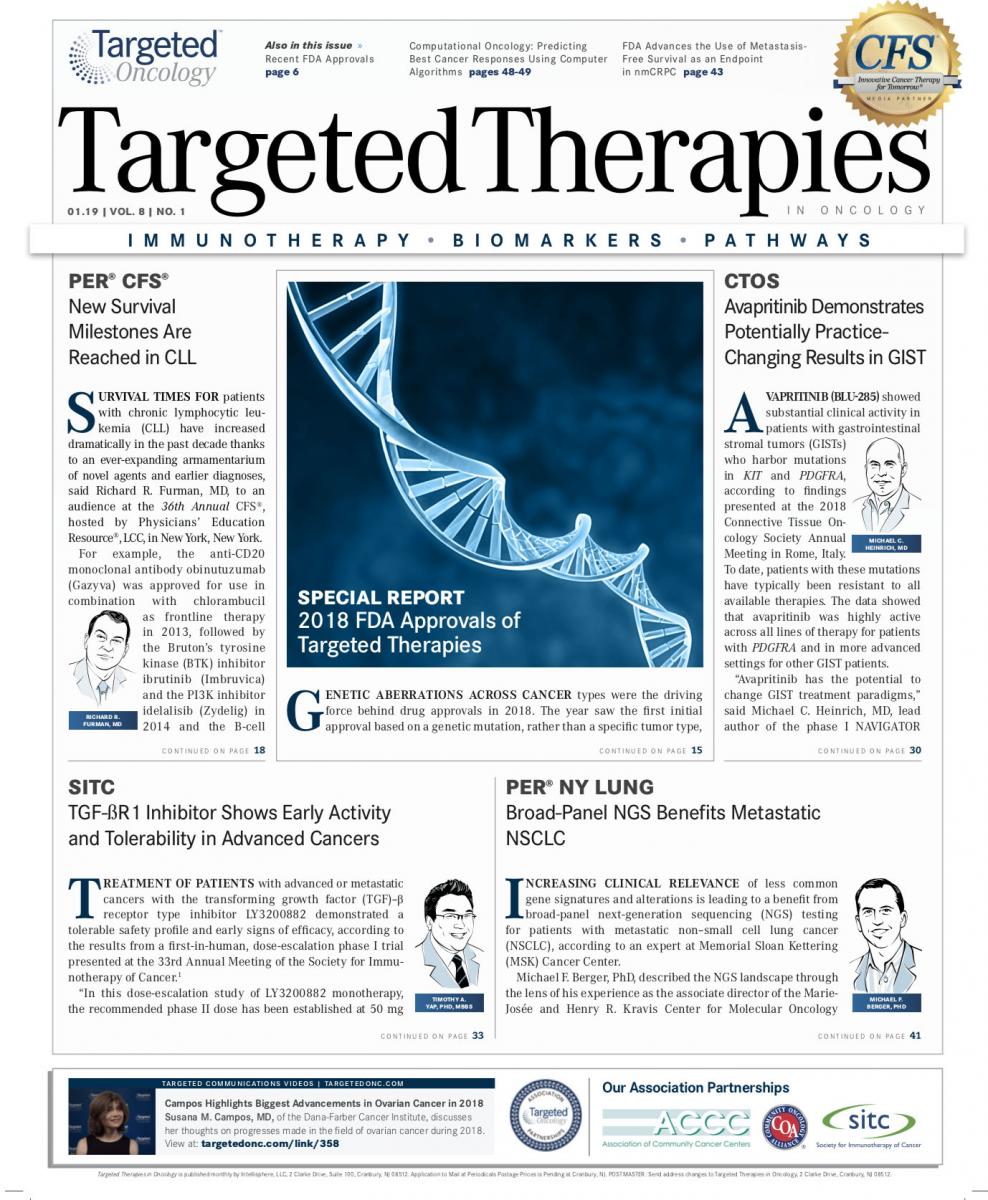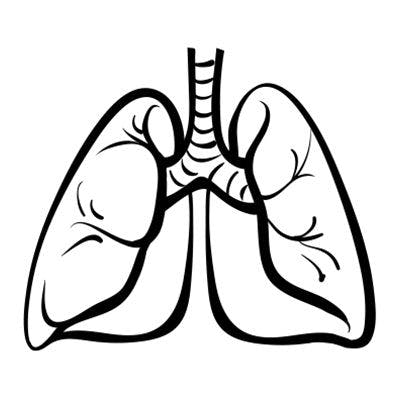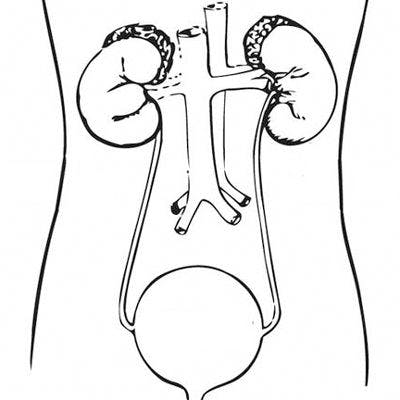Does the Cost Outweigh the Benefit for CAR T-Cell Therapy?
The FDA-approved CAR T-cell therapies have instituted a new era of effective cancer therapies for patients and are the most expensive treatments to date. Now, physicians are faced with financial implications before introducing these novel agents into clinical practice.
The FDA-approved chimeric antigen receptor (CAR) T-cell therapies have instituted a new era of effective cancer therapies for patients and are the most expensive treatments to date. Now, physicians are faced with financial implications before introducing these novel agents into clinical practice.
“There are 2 components for a patient to move forward financially with CAR T-cell therapy,” said Duncan Allen, MHA, of the Vanderbilt-Ingram Cancer Center, during a panel discussion at the Association of Community Cancer Centers’ 35th National Oncology Conference. “There is the medical authorization that has to be in place with the insurance company, and then there is your financial mechanism. Those 2 pieces need to be in place to ensure financial viability for your patient.”
The clinical utility has already been proved. The CD19-directed CAR T-cell therapy tisagenlecleucel (Kymriah) was originally approved for the treatment of relapsed or refractory pediatric and young adult patients with B-cell precursor acute lymphoblastic leukemia and has since been approved for adult patients with relapsed or refractory large B-cell lymphoma after 2 or more lines of systemic therapy. Based on updated findings from the phase II JULIET study, patients with relapsed or refractory diffuse large B-cell lymphoma (DLBCL) demonstrated durable responses from treatment with an objective response rate (ORR) of 54% (95% CI, 41%-62%) after a median follow-up of 19 months.1
Soon to follow, axicabtagene ciloleucel (axi-cel; Yescarta), also a CD19-directed CAR T-cell therapy, was approved for the treatment of relapsed or refractory large B-cell non-Hodgkin lymphomas, including DLBCL. Long-term findings from the phase II ZUMA-1 trial showed that at 2 years, 39% of patients continue to respond to therapy by investigator assessment.2
“Patients with B-cell malignancies after relapse are in bad shape because most of the time, it is no longer a curable [disease],” said Olalekan Oluwole, MBBS, MPH, assistant professor of medicine at Vanderbilt University Medical Center and coauthor of the ZUMA-1 trial, during the discussion. “With CAR [T-cell] therapy, we have had durable responses, and with follow-up, it looks as if this is another opportunity for these patients to be cured. This is an opportunity that did not exist a few years ago.”
Although much enthusiasm has been generated from these promising findings, it was quickly burdened by the overwhelming list prices for CAR T-cell therapy: $475,000 for tisagenlecleucel and $373,000 for axi-cel. These list prices do not even include the hefty hospitalization fees associated with treatment, which can drive the total cost to over $1 million per patient in some instances.
Policy and reimbursement, in addition to insurance coverage, remain the most prominent rate-limiting steps for CAR T-cell treatment implementation, according to Allen, assistant director at Vanderbilt-Ingram Cancer Center. Under the fiscal year (FY) 2019 Inpatient Prospective Payment System Final Rule, the Centers for Medicare & Medicaid Services (CMS) said it will categorize the inpatient administration of CAR T-cell therapy under the revised title of Medicare Severity-Diagnosis Related Groups (MS-DRG) 016: Autologous Bone Marrow Transplant CC/MCC or T-cell Immunotherapy and assigned procedure codes.3
This categorization stems from CMS’ belief that patients who receive CAR T-cell therapy will have characteristics similar to those of patients treated with autologous bone marrow transplantation. Generally, Allen said he is pleased with this adjustment, as it will provide clarity for practices on the payment structure for patients treated with the novel agents on-site.
CMS also approved a temporary new technology add-on payment (NTAP) for the use of CAR T-cell therapy with a maximum reimbursement of $186,500, although practices argue this will barely put a dent in the total cost. NTAP payments are used by CMS to afford additional compensation for predefined breakthrough technologies in the Medicare Hospital Inpatient Prospective Payment System.
“One of the biggest downsides of what we have seen from a CMS perspective is the issuance of the FY19 Proposed Rule,” said Allen. “The cost [for CAR T-cell therapy] is around $373,000. When you bundle in the NTAP payment with the case rate and the outlier, you still don’t reach the drug cost alone. This is not an ecosystem in which centers can continue to live.”
Vanderbilt University and other practices are currently looking to administer CAR T-cell therapy in the outpatient setting. CMS announced payment rates for outpatient administration of the 2 FDA-approved agents in April: $395,380 for axi-cel and $500,839 for tisagenlecleucel.
Many practices are concerned, however, that even if patients receive CAR T-cell therapy in the outpatient setting, they will need to be monitored for potentially serious adverse events (AEs). In such cases, all payments will become a part of the inpatient stay under CMS’ 3-day payment window policy.
Some toxicities from CAR T-cell therapy occur within hours of administration, yet cytokine release syndrome (CRS) can generally appear within 1 to 14 days after infusion. This timeline coincides with that of maximal T-cell expansion.
Treating CRS requires immediate on-site access to tocilizumab (Actemra), with a minimum of 2 doses available for administration within 2 hours of CAR T-cell infusion, according to Kathryn A. Culos, PharmD, BCOP, of Vanderbilt-Ingram Cancer Center, who also spoke during the panel discussion.
Additionally, the current challenges associated with pricing and reimbursement of CAR T-cell therapy could be further heightened as additional indications for CAR T-cell therapy are granted FDA approval and the patient population eligible for the treatment modality increases. Clinical trials investigating the novel treatment for patients with multiple myeloma, DLBCL after first relapse, and solid tumors, among other forms of cancer, are ongoing.
Allen encourages centers to speak with their local representative for a better payment structure. “We can work with our health policy departments to write white papers so that we can get the information out to the community,” he said.
“We can also draft letters to CMS to advocate for better coverage,” added Allen. “CMS has specifically said that they want to hear from the centers...now they want to hear from us.”
References:
- Schuster SJ, Bishop MR, Tam C, et al. Sustained disease control for adult patients with relapsed or refractory diffuse large B-cell lymphoma: an up- dated analysis of Juliet, a global pivotal phase 2 trial of tisagenlecleucel. Presented at: 2018 American Society of Hematology Annual Meeting and Exposition; December 1-4, 2018; San Diego, CA. Abstract 1684. ash.confex. com/ash/2018/webprogram/Paper115252.html.
- Neelapu SS, Ghobadi A, Jacobson CA, et al. 2-year follow-up and high-risk subset analysis of Zuma-1, the pivotal study of axicabtagene ciloleucel (axi- cel) in patients with refractory large B cell lymphoma. Presented at: the 2018 American Society of Hematology Annual Meeting and Exposition; December 1-4, 2018; San Diego, CA. Abstract 2967. ash.confex.com/ash/2018/web- program/Paper111368.html.
- Fiscal year (FY) 2019 Medicare Hospital Inpatient Prospective Payment System (IPPS) and Long-Term Acute Care Hospital (LTCH) Prospective Pay- ment System final rule (CMS-1694-F). CMS website. cms.gov/newsroom/ fact-sheets/fiscal-year-fy-2019-medicare-hospital-inpatient-prospective- payment-system-ipps-and-long-term-acute-0. Published August 2, 2018. Accessed December 13, 2018.















